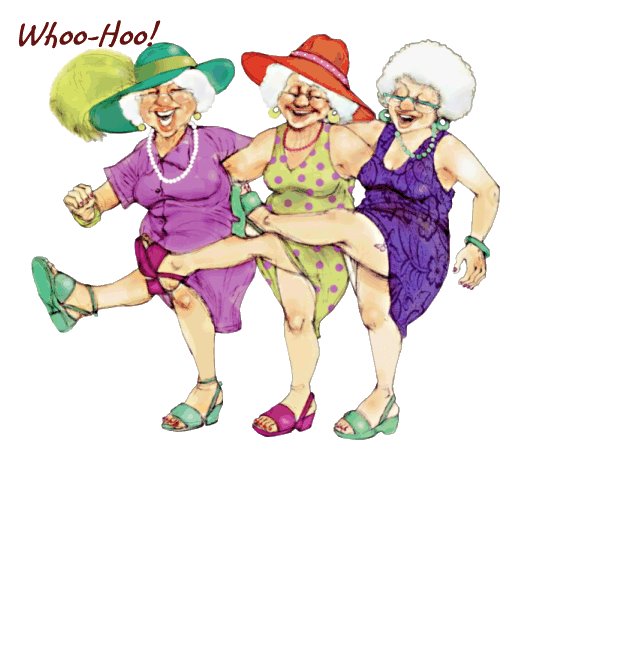
Business Services IndustryAging Subsidized Housing Residents: A Growing Problem in U.S. Cities
Journal of Real Estate Research, The, Oct-Dec 2003 by Gibler, Karen M
E-mail Print Link Abstract Many low-income elderly live in subsidized housing in central cities. These aging tenants need adaptive physical structures and supportive services in order to age in place, but lack the resources to pay for them. The responses to the AHEAD Wave 2 survey are used to compare the housing conditions of elderly subsidized housing residents with unsubsidized tenants. Results indicate subsidized tenants have greater health and physical limitations. They are likely to have physically appropriate housing, but unlikely to have access to supportive services that would allow them to age in place, creating a problem policymakers must address.
As wealthier Americans migrated to the suburbs, many low-income residents were left behind in the inner city. There they have aged in place, growing old with their homes and neighborhoods. A number of the lowest income elderly left in the central city live in subsidized housing. These elderly tenants by definition have fewer financial resources to support themselves in old age than those who do not quality for housing subsidies. They may also be at a disadvantage in terms of health and social resources. Thus, the older Americans with the greatest needs may be those with the fewest resources to satisfy those needs.
The burden to provide for the housing and service needs of aging subsidized tenants falls to local, state and federal government agencies working in conjunction with charitable and community organizations. However, recent public policy trends toward dispersing subsidized housing tenants into privately owned geographically scattered facilities poses a significant problem for aging residents whose housing requirements are intertwined with supportive service needs.
Most of the research in the United States about housing the aging population focuses on market-rate seniors housing being constructed in suburban and destination retirement locations with supportive services and amenities designed to attract moderate- to high-income residents. These developments do not address the needs of the low-income elderly aging in the central city with insufficient income or assets to pay for market-rate seniors housing and limited family support to help them age in place. To expand our knowledge about the housing and service needs of this segment of the seniors market, this article uses data from the 1995 AHEAD Wave 2 survey to explore the topic of elderly subsidized housing. It will compare subsidized tenants to elderly renters living without housing subsidies in terms of resources, constraints and whether their housing adequately provides for their needs.
Background
Aging Americans
The U.S. population will continue to age and become more diverse in the coming decades. While the rate of growth of the elderly segment of the population has recently slowed as the smaller cohort born during the Depression reached retirement age, the leading edge of the baby boomers will reach retirement age in 2010, doubling the population age 65 and older by 2030. In addition, more people are living longer. By 2030, Americans age 75 and older are expected to comprise 9% of the population. Females make up a majority of the elderly. In 1995, 64% of people age 75 and older and 72% of persons age 85 and older were women. Only 37% of all persons age 75 and older and 22% of women were married and living with a spouse. The proportion of racial minorities is expected to grow to 16% and the proportion of Hispanics to 11% of the 75 and older population by 2030 (Siegel, 1996; U.S. Department of HUD, 1999; and U.S. AOA, 2001).
With increasing age often come health problems. Researchers assess elderly health and functional ability in three ways: self reported overall health, presence of chronic conditions, limitations to activities of daily living (ADLs) and instrumental activities of daily living (IADLs). ADLs include bathing, dressing, eating, getting out of bed, walking/getting around inside and using the toilet. IADLs include more complex tasks such as managing money, preparing meals, shopping, doing laundry, using the telephone, doing housework, getting around outside and traveling.
In the mid-1990s, 28% of persons age 65 and older reported their health as fair or poor, with poor health ratings more common among the oldest old, Hispanics and Blacks. Some 18% of noninstitutionalized people age 70 and older were visually impaired and one-third were hearing impaired. Almost four-fifths reported at least one chronic condition. The most common chronic conditions, as shown in Exhibit 1, are arthritis, hypertension, heart disease and cancer. One-third of these older Americans had difficulty performing and one-fourth was unable to perform at least one of nine physical activities such as climbing a flight of stairs, walking a quarter of a mile, stooping, crouching or kneeling. Similarly, 20% of noninstitutionalized persons age 70 and older had difficulty performing at least one ADL and 10% had difficulty with at least one IADL. These physical and health problems are more prevalent among women, the oldest old and minorities. In addition, the likelihood of severe disability increases with age from 1 in 30 for those aged 65 to 74 to 1 in 10 for those aged 75 to 84 to 1 in 3 for those aged 85 and older (Kramarow, et al., 1999; and Stucki and Mulvey, 2000).
Posted by marine41 at 8:26 AM 0 comments
Sunday, May 4, 2008


No comments:
Post a Comment